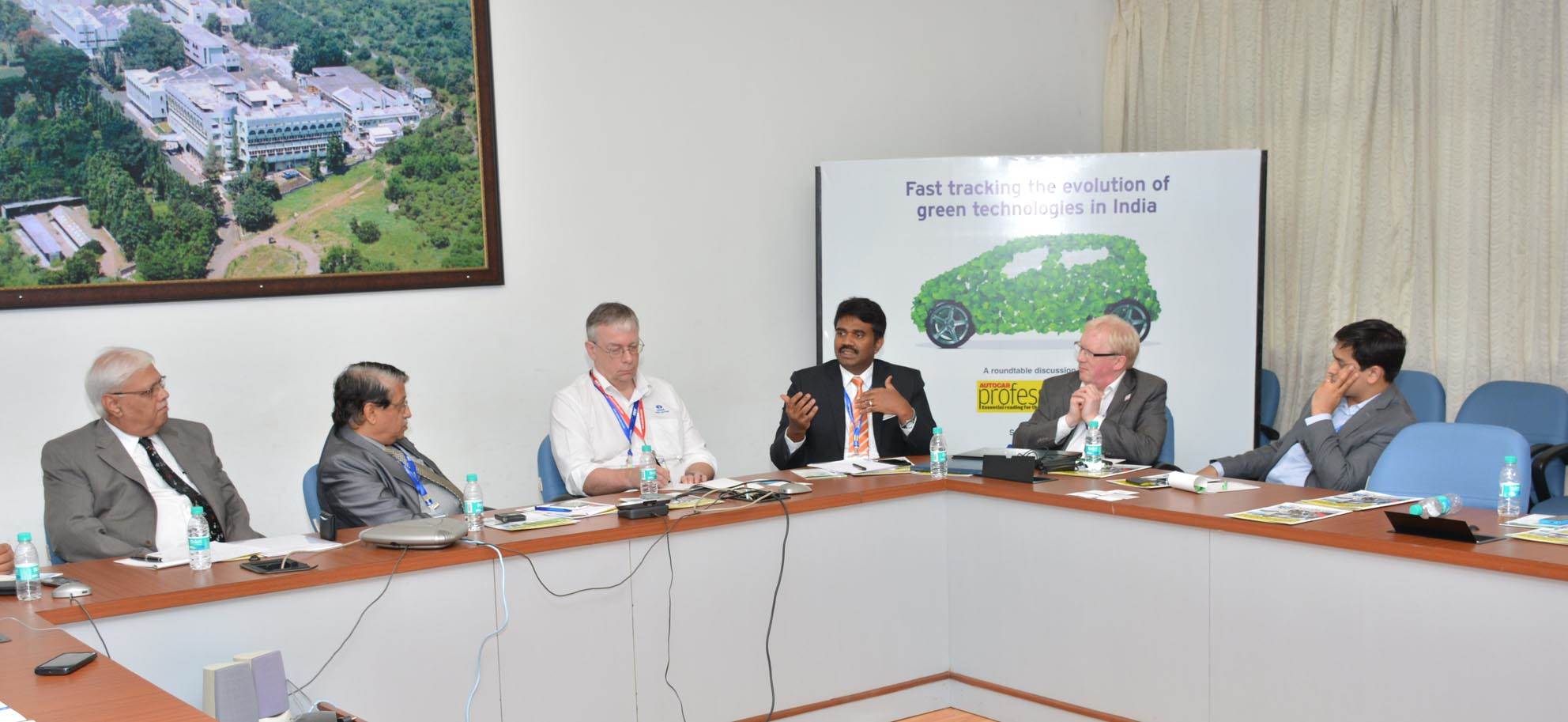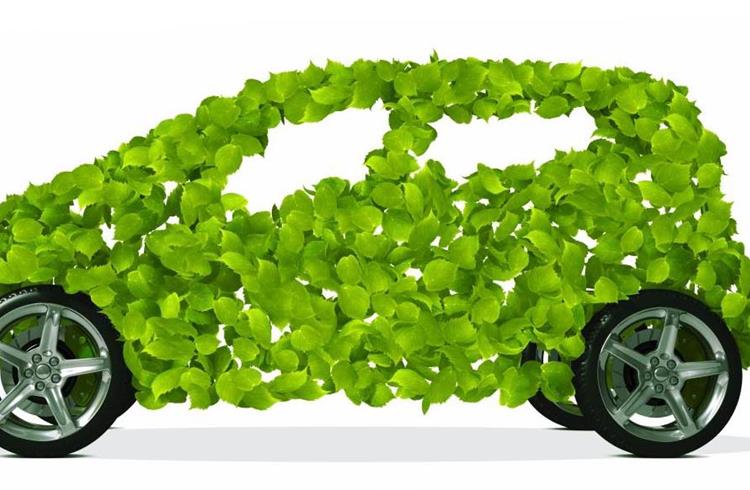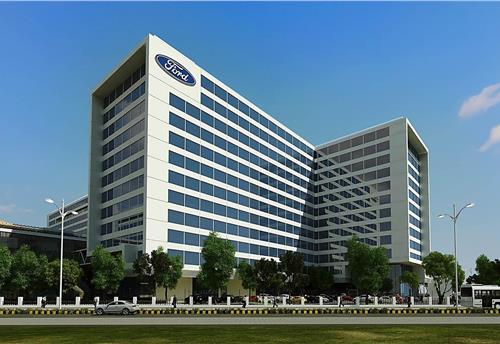Industry experts debate green tech for India at SIAT 2015
Autocar Professional, India’s premier B2B automotive magazine, yesterday held a roundtable discussion on ‘Fast tracking the evolution of green technologies in India
Autocar Professional, India’s premier B2B automotive magazine, yesterday held a roundtable discussion on ‘Fast tracking the evolution of green technologies in India’ on the sidelines of the ongoing SIAT Expo 2015 at the ARAI campus in Pune.
In line with the theme of ‘Towards safer, cleaner and quieter world’, the lively debate, which saw a varied group of panel members, focussed on the need for hybridisation and electrification of vehicles in India, technologies, infrastructure, and cost competencies of manufacturing operations, customer acceptance and the necessary policy framework by the government and the regulatory authorities to put all the components in place.

The roundtable had eight participants representing OEMs, suppliers, service providers and ARAI. David Hudson – group chief engineer, vehicle engineering and hybrids, Tata Motors UK; Dr Mathew Abraham of Mahindra & Mahindra; Dr Gotthard Rainer, vice-president, advanced simulation technologies, AVL; Mike Savage, chief engineer, Drive System Design, UK; DJ Kulkarni, senior deputy director, ARAI; Chinmay Pandit – director, hybrid solutions, KPIT; Thalavai Venkatesan, head of engineering & systems engine design, Continental (Automotive) India and Shailendra Goswami, CMD, Pushkaraj Group.
ARAI’s D J Kulkarni said, “We need to change our outlook for technologies designed and developed for India and the world from being addressed as ‘jugaad’ or cheap solutions to technologies of appropriate value.”
Talking about ARAI’s expansion plans, he mentioned about the correlation between facility readiness with the process of drafting and submitting the appropriate regulations to the ministry. “It is important to be able to execute certain tests here and have our facilities ready and operational before relevant guidelines are drafted and submitted to the ministry for approval.”
He also spoke about a couple of projects initiated by the government of India that will foster growth in the automotive industry such as the Make in India campaign, new footprint and expansion plans for the regulatory bodies, establishing setups to check for the roadworthiness of commercial vehicles (government and privately owned vehicles) and others.
Talking about alternatives for fossil fuel, Dr Mathew Abraham of M&M expressed concerns over the supply of ethanol, hydrogen and other factors involving electric propulsion and hybridisation. “We have been developing vehicles for all these segments (EVs, biofuels, hybrids) and we have been facing bottlenecks in terms of the availability of biofuels (ethanol), high costs and others. The entire ecosystem needs to be tuned to make greener technologies function and that will involve making the green fuels available, setting up the infrastructure for support, ensuring customer readiness for the change and other factors. The policy should be designed in consultation with the stakeholders,” he said.
David Hudson, who has spent close to three years working in India (Pune) at Tata Motors, had a more optimistic outlook on the status and adoption of green technologies in the local market. Talking about the same, he said: “We both (Tata Motors and M&M) have the same problems here, and we have production-ready technology. We have been intensely working on the electrification of vehicles. However, I believe that we have to pay to join the party primarily at this juncture because the customers can’t pay all the money. We need to bridge the gap as the technology is ready but the ecosystem is not. Sometimes promoting the technology is more important,” he said giving example of Nissan and its all-electric Leaf car.
While Dr Gotthard Rainer of AVL spoke about the relevance of simulation on virtual prototyping, Mike Savage of Drive System Design underlined simple modifications that can be made to the gearbox for improving fuel economy. Both endorsed the requirement of a holistic approach to design and develop tailor-made solutions for India and other emerging economies.
“We are in the process of bringing new technologies to India. While legislations are evolving, the costs do not support us. We are pushing for reducing the costs. Our 48V system can add value to vehicles in the Indian market,” added Thalavai Venkatesan of Continental Automotive India, who is keen on emission-related components and the opportunity. Chinmay Pandit of KPIT, on the other hand, spoke about the ability to roll out regulations faster.
RELATED ARTICLES
Uniproducts India targets 15% growth till FY2027, eyes new EV OEMs for NVH parts
The Noida-headquartered company, which is a leading manufacturer of roof liners, floor carpets, sound insulation materia...
Ford to build more EV software capability at Chennai tech hub
Ford Business Solutions India, which currently employs 12,000 personnel set to add 3,000 more; Ford, which is known to b...
ASK Automotive to set up JV with Aisin to sell aftermarket parts for cars
Ask Automotive will have 51% of the equity of the joint venture to be set up with Aisin Asia (Thailand) Company and Aisi...





 23 Jan 2015
23 Jan 2015
 5560 Views
5560 Views





 Autocar Pro News Desk
Autocar Pro News Desk




